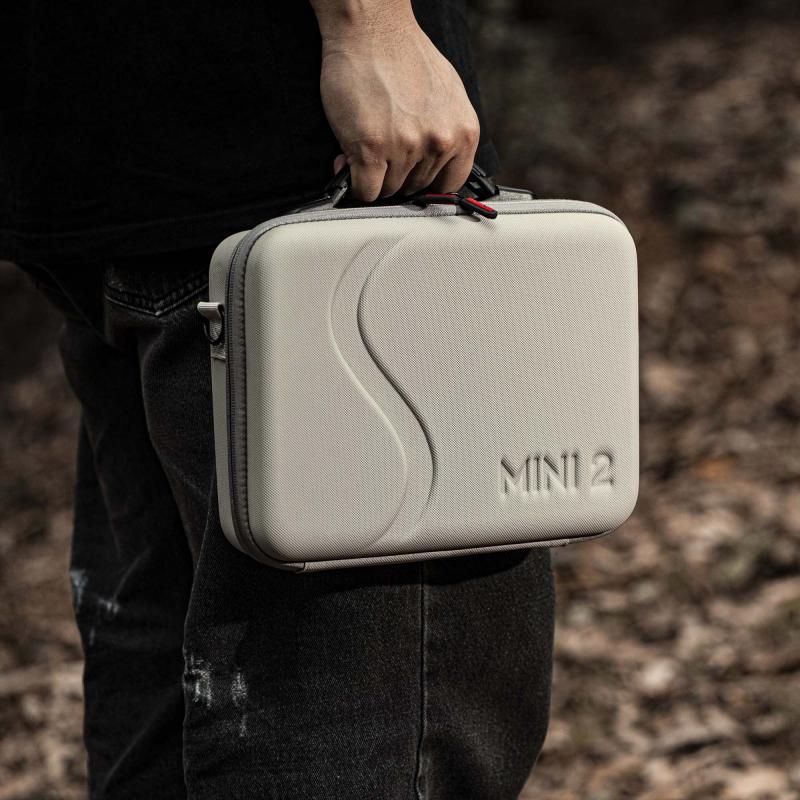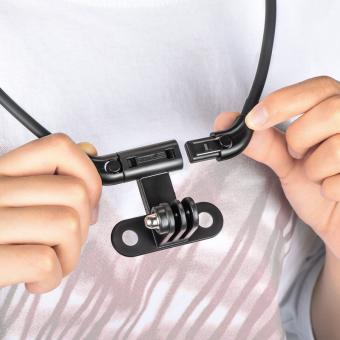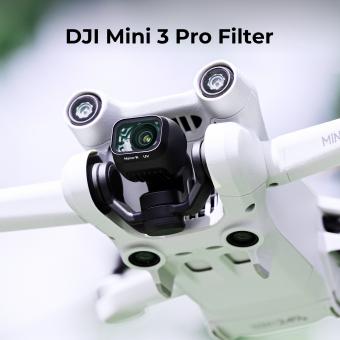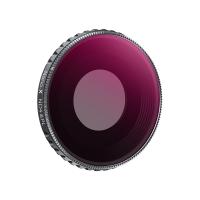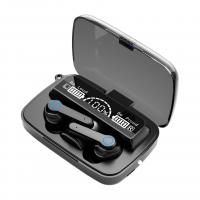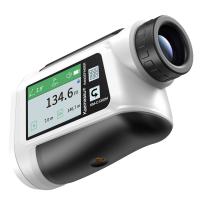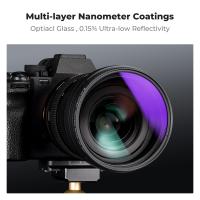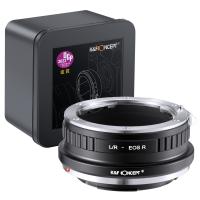How Should You Carry A Microscope ?
When carrying a microscope, it is important to hold it with both hands. One hand should be placed on the arm of the microscope, while the other hand should be placed under the base. This will help to ensure that the microscope is stable and does not tip over or get damaged. It is also important to carry the microscope in an upright position, with the eyepiece facing upwards. This will help to prevent any damage to the lenses or other delicate parts of the microscope. Additionally, it is important to avoid bumping the microscope into anything or dropping it, as this can cause serious damage to the instrument.
1、 Proper Handling Techniques for Microscopes
Proper Handling Techniques for Microscopes are essential to ensure that the microscope remains in good condition and functions optimally. One of the most important aspects of handling a microscope is how to carry it. Microscopes are delicate instruments that require careful handling to prevent damage to the lenses and other components.
When carrying a microscope, it is important to hold it by the arm and base. The arm is the part of the microscope that extends from the base and holds the lenses. The base is the flat surface that the microscope rests on. By holding the microscope in this way, you can ensure that it remains stable and does not tip over.
It is also important to carry the microscope with both hands. This will help to distribute the weight evenly and prevent the microscope from slipping out of your hands. Additionally, it is important to avoid carrying the microscope by the eyepiece or objective lenses, as this can damage the delicate lenses and affect the accuracy of your observations.
In recent years, there has been an increased emphasis on the importance of proper handling techniques for microscopes. This is due in part to the growing use of digital microscopes, which require even more careful handling to prevent damage to the sensitive electronic components.
Overall, proper handling techniques for microscopes are essential to ensure that these delicate instruments remain in good condition and function optimally. By following these guidelines, you can help to extend the life of your microscope and ensure that it provides accurate and reliable observations for years to come.
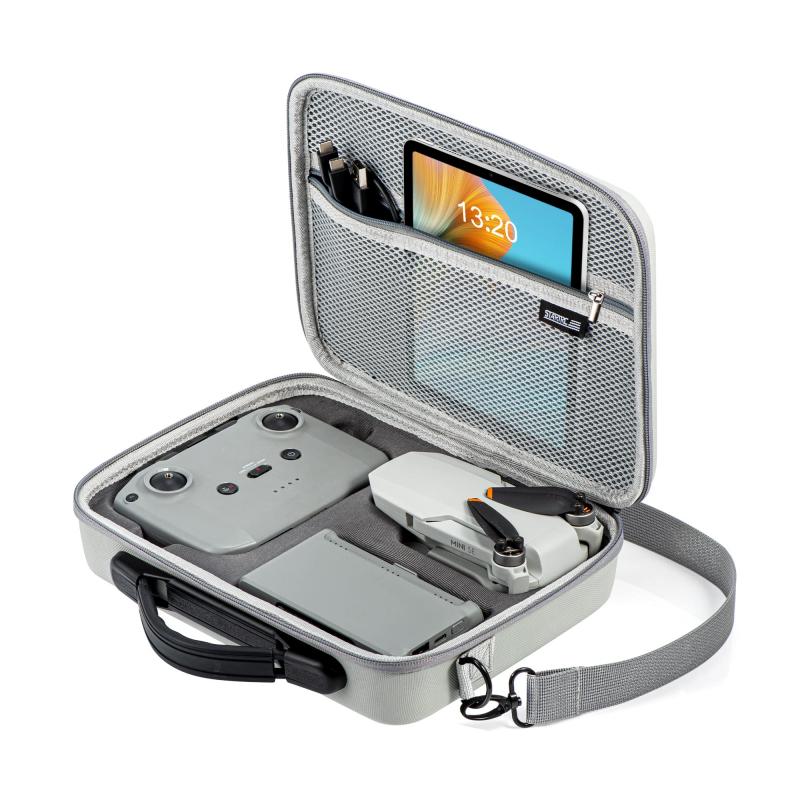
2、 Carrying Microscopes Safely
Carrying Microscopes Safely is an essential aspect of using microscopes. Microscopes are delicate instruments that require careful handling to prevent damage. When carrying a microscope, it is crucial to follow specific guidelines to ensure its safety and longevity.
Firstly, it is essential to hold the microscope with both hands. One hand should be placed on the arm of the microscope, while the other hand should be placed under the base. This will provide a stable grip and prevent the microscope from slipping or falling.
Secondly, it is crucial to avoid carrying the microscope by its eyepiece or objective lenses. These parts are delicate and can easily be damaged if mishandled. Instead, it is recommended to carry the microscope by its arm and base.
Thirdly, it is essential to ensure that the microscope is properly secured before carrying it. This can be done by tightening any loose screws or knobs and ensuring that the microscope is properly aligned.
Lastly, it is recommended to use a carrying case or bag to transport the microscope. This will provide additional protection and prevent any accidental damage during transportation.
In conclusion, carrying a microscope safely is crucial to prevent damage and ensure its longevity. By following the guidelines mentioned above, one can ensure that the microscope is properly secured and transported without any mishaps. It is also important to keep up with the latest point of view on carrying microscopes safely to ensure that the microscope is handled with care and precision.
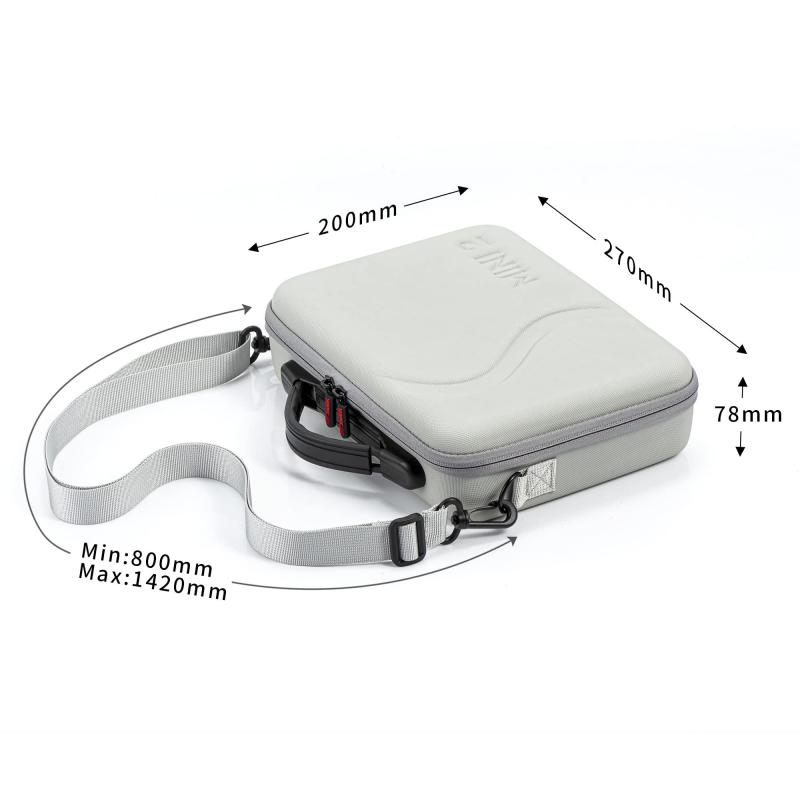
3、 Transporting Microscopes Correctly
Transporting Microscopes Correctly is an essential aspect of maintaining the quality and functionality of the microscope. When carrying a microscope, it is crucial to handle it with care to prevent damage to the delicate parts. The following are some guidelines on how to carry a microscope correctly.
Firstly, ensure that the microscope is turned off and unplugged before moving it. This will prevent any electrical damage to the microscope and ensure that the lenses are not damaged during transportation.
Secondly, hold the microscope firmly with both hands. One hand should be placed on the arm of the microscope, while the other hand should be placed under the base. This will provide a stable grip and prevent the microscope from slipping or falling.
Thirdly, avoid carrying the microscope by the eyepiece or objective lenses. These parts are delicate and can easily be damaged if mishandled. Instead, hold the microscope by the arm and base.
Lastly, it is recommended to transport the microscope in a carrying case or box. This will provide additional protection and prevent any dust or debris from entering the microscope.
In conclusion, transporting microscopes correctly is crucial to maintain their quality and functionality. By following the guidelines mentioned above, you can ensure that your microscope is transported safely and securely.
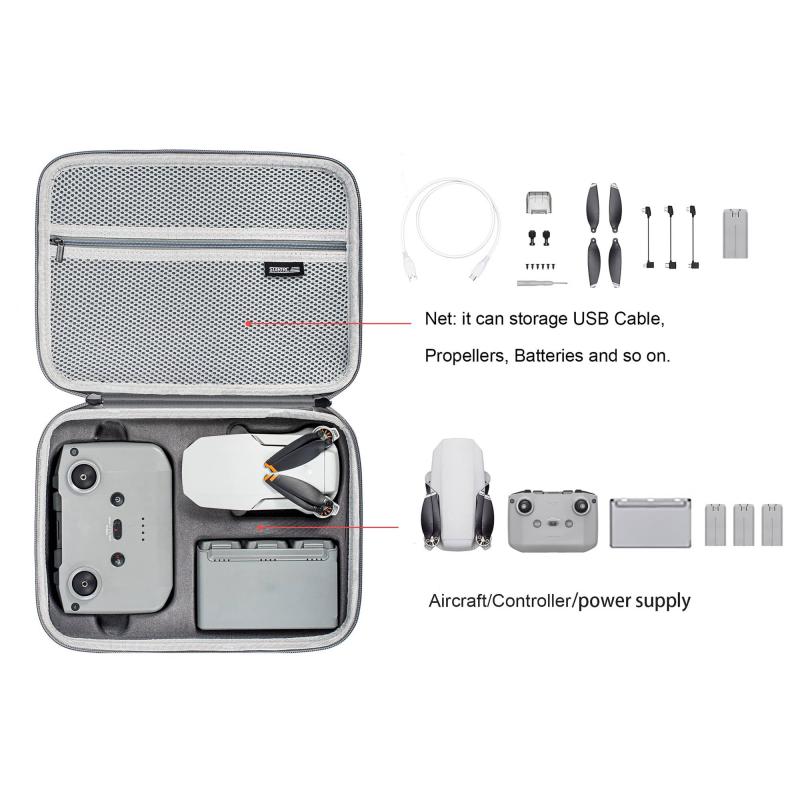
4、 Guidelines for Carrying Microscopes
Guidelines for Carrying Microscopes:
When carrying a microscope, it is important to handle it with care to avoid damage to the delicate parts. Here are some guidelines to follow when carrying a microscope:
1. Always use both hands to carry the microscope. One hand should be placed under the base, and the other hand should be used to hold the arm of the microscope.
2. Make sure the microscope is turned off and the power cord is unplugged before carrying it.
3. Keep the microscope level while carrying it. Tilt the microscope only when necessary, and avoid sudden movements.
4. Do not carry the microscope by the eyepiece or objective lenses, as this can damage them.
5. If the microscope has a carrying case, use it to transport the microscope. This will provide extra protection and prevent dust and debris from getting inside the microscope.
6. When transporting the microscope in a vehicle, secure it in place to prevent it from moving around during transport.
7. If the microscope is being transported for a long distance, it is recommended to remove the eyepiece and objective lenses and pack them separately to prevent damage.
In addition to these guidelines, it is important to keep up with the latest recommendations for carrying microscopes. With the ongoing COVID-19 pandemic, it is recommended to clean and disinfect the microscope before and after use, as well as wearing gloves and a mask while handling the microscope. By following these guidelines, you can ensure that your microscope remains in good condition and provides accurate results for years to come.
